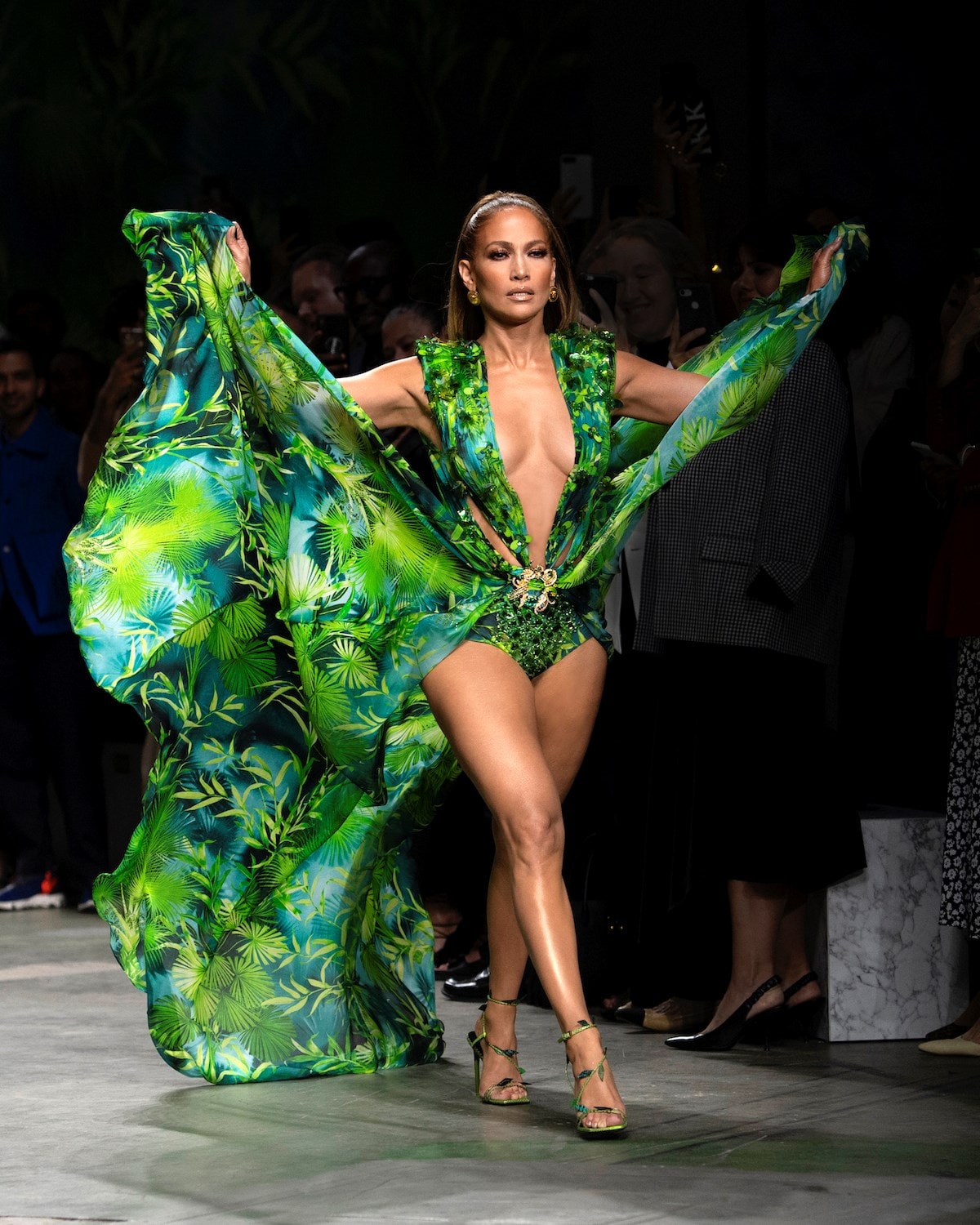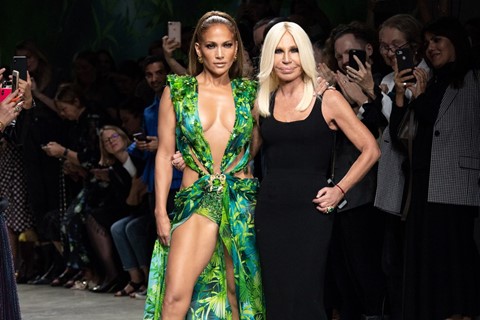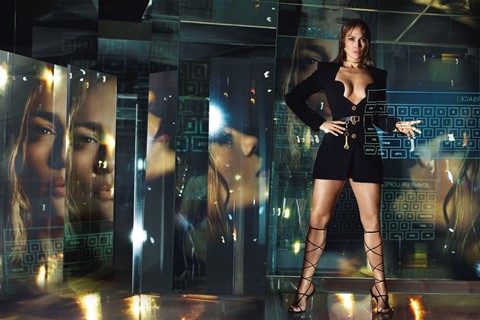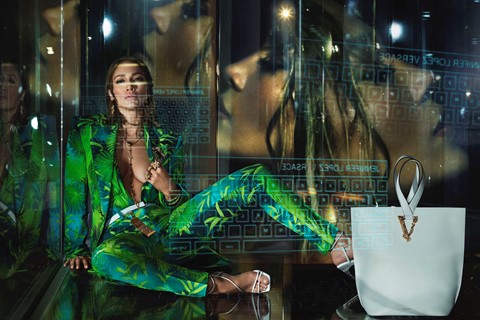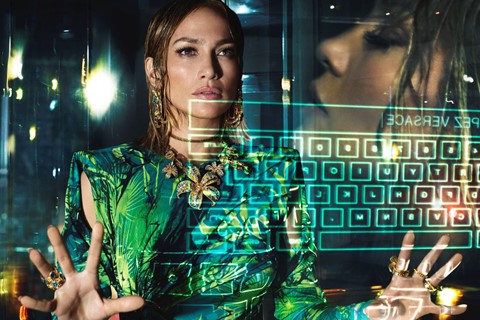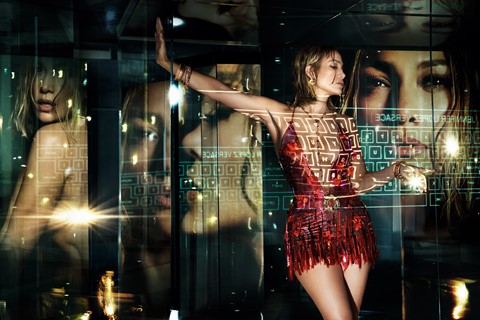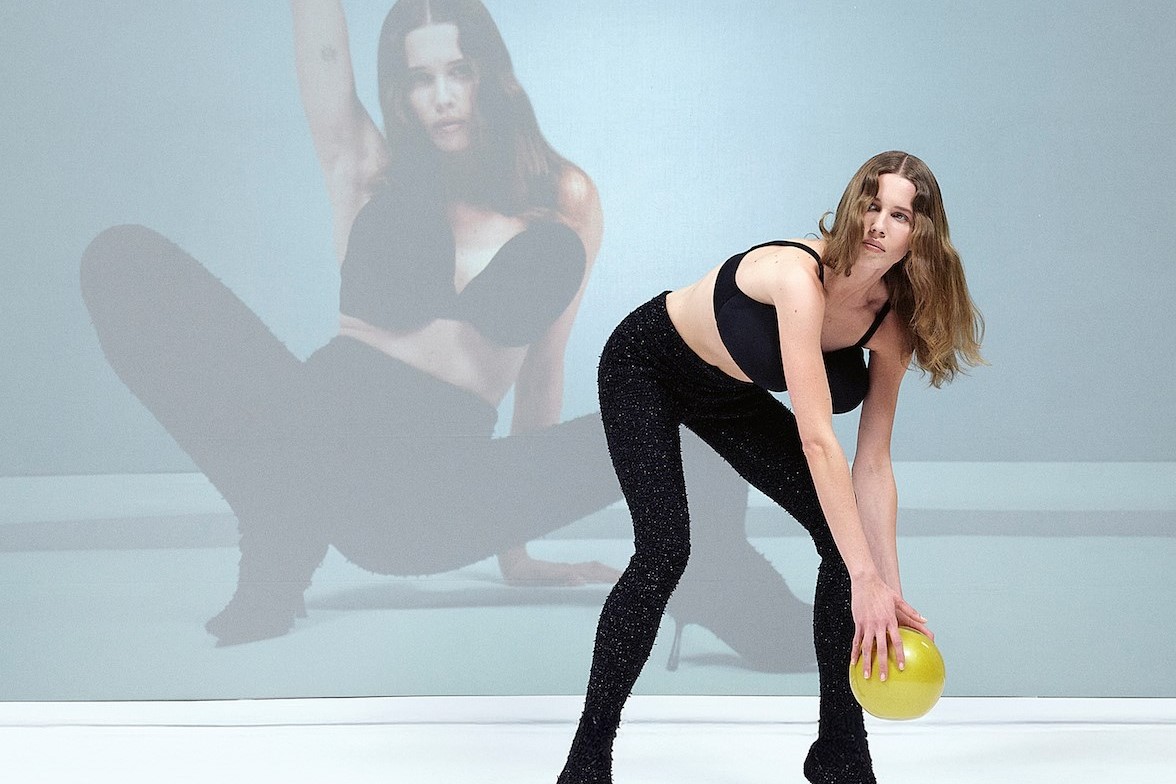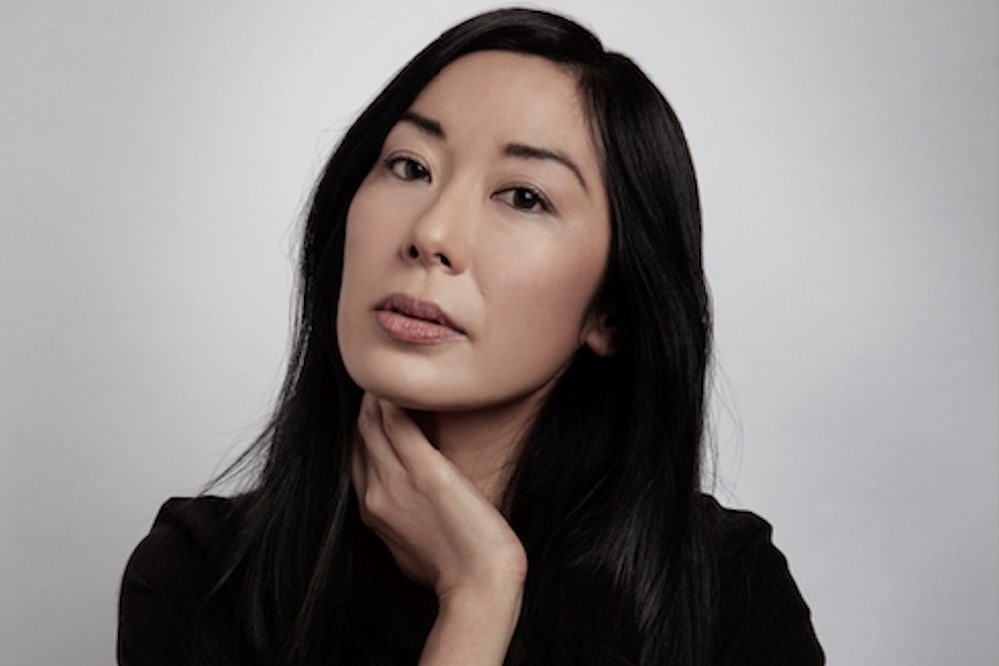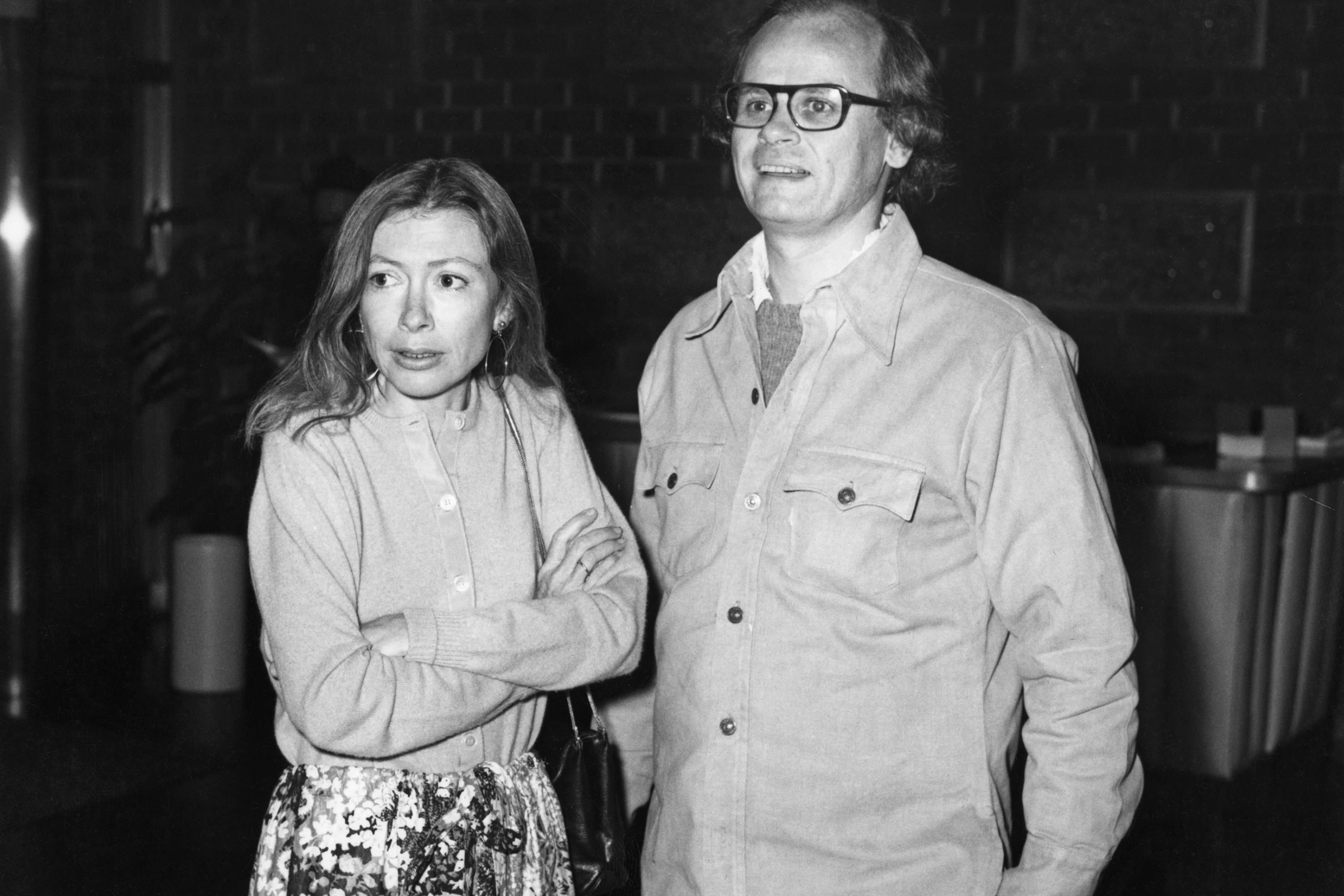Plenty of labels can claim to have changed fashion – in manners lasting or ephemeral, significant or not. But very few have shifted culture – much less technology, in a way that extends beyond the predictable spheres of slimy synthetics, laser-cuttery and maybe meme-generation.
The most significant of the new millennium is undoubtedly one moment on the evening of February 23, 2000, when Jennifer Lopez slinked onto the red carpet of the 42nd annual Grammy Awards dressed in a barely-there slither of verdant green chiffon by Versace, patterned with palm fronds, harnessed against her body with little more than glittery underwear and the then little-known phenomenon of ‘tit tape’. It caused a furore, and several million Google searches – indeed, according to Eric Schmidt, former CEO of Google, it was the most searched-for ‘thing’ the platform had encountered to date. But people didn’t want reams of text about the dress: they wanted to see it. Thus, Google Image Search was born, one month later.
“I am so proud Google Images was invented after Jennifer wore that dress,” Donatella Versace said after her Spring/Summer 2020 show. “Today, we celebrate that moment that was possible thanks to this incredible woman.” That follow-up is about the redux of what is now labelled the ‘Jungle’ dress, from the Spring/Summer 2020 collection – which, of course, culminated in another memorable moment, with a Hustlers-fresh Jennifer Lopez closing last September’s Versace show. It was the worst-kept secret of the season, but didn’t stop the audience from erupting in applause as an incandescent JLo did the rounds in an even-more-barely-there iteration of the original (this one was sleeveless, too). “It was amazing! The world had the same reaction: jaw-dropping,” says Donatella herself of that most welcome of re-runs.
The 62nd installation of the Grammys happened on Monday, and while there were plenty of eye-catching moments – Cardi B in a rhinestone-pinstriped sheer Mugler gown, Ariana Grande in a cumulonimbus of grey Giambattista Valli tulle like a couture Chernobyl, and Lil Nas X in a pepto-bismol pink Versace bondage cowboy number (part Prince, part Showgirls, part the talking wall of gay porno mags in My Own Private Idaho) – no jaws really dropped. It did make you think back to those earlier, perhaps more innocent times, when all it took was the right dress at the right time to change history. To contextualise, at the 2000 Grammy Awards, Christina Aguilera won Best New Artist; Britney Spears was nominated too. And the outfits, by and large, were forgettable, bar Lopez’s unforgettable and – at least at first – unsearchable turn, of course.
Back before jaws dropped in 2000, the dress had already debuted months earlier: it was the penultimate look of Donatella Versace’s Spring/Summer 2000 collection, shown in Milan in October, with “1,100 pairs of eyes started poring over the pool-blue runway, the deep décolleté of Amber Valletta’s tropical-green dress, and the Medusa head twinkling in the background,” as The New York Times’ fashion critic Cathy Horyn wrote at the time. Those eyes included ‘N Sync and All Saints – both bands were in attendance. It’s interesting that, even in a show liberally studded with male models in teeny bejewelled swimming trunks and female models in gravity-defying deep-V dresses for day and night alike, that green number leapt out.
I keep calling it ‘the dress’, which makes it a 21st-century counterpart to ‘that dress’, the safety-pinned black number Elizabeth Hurley wore to the 1994 premiere of Four Weddings and a Funeral in Leicester Square that caused a sensation. It was, again, Versace – this one designed by the house’s founder Gianni, for his Spring/Summer 1994 collection. If that showed the impact a single dress could have, Lopez’s gown demonstrated the possibilities for image coupled with the newly emerged power and reach of the internet. In 2000, Lisa Armstrong – then of The Times – chose the Versace gown as Dress of the Year at the Fashion Museum, Bath. For her, it epitomised the close-knit relationship between fashion, celebrity and publicity – and inasmuch predicted the way fashion would communicate in a new era.
“Today we live in a technological world, but back then, one event prompted the creation of a new tool that now has become part of our lives,” says Donatella Versace. Lopez in ‘the dress’ changed the way we saw fashion: the tools we used, but also how we viewed it. It even predated meme culture – South Park co-creator Trey Parker was basically a walking meme at the 72nd Academy Awards when, only a month after the original’s turn at the Grammy Awards, he dragged up in his own version of the dress, images of which were already much easier to find.
The most interesting thing? That as JLo took her lap of victory at the end of that latest Versace show to a roar of approval, the dress didn’t seem dated, or archaic, or any less exciting than it had 20 years hence. Google it now, and the new mingles with the old, as if time has stood still. But it’s still spawning technologies – I can’t think of another fashion show that has instigated an Instagram filter, can you?
